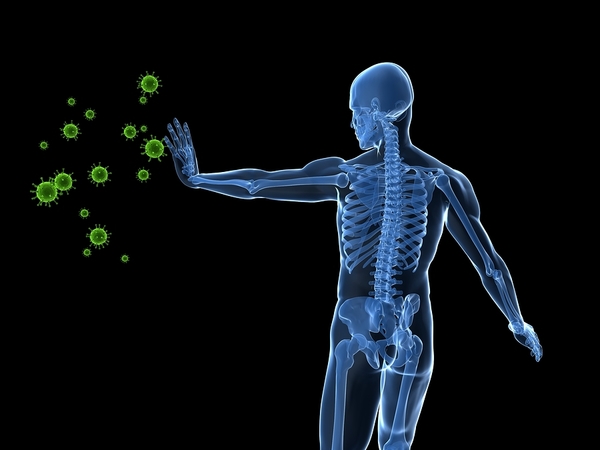
Thoracic Range of Motion
Check yourself right now: are your shoulders slumped forward or rounded? This is a good indicator that you may have poor thoracic mobility. Because there is a dearth of awareness among the general populous regarding proper spine mechanics, serious shoulder slumping has become a pervasive trend of the 21st century. At Family Chiropractic & Spinal Health Care Center, we want you to be aware of your thoracic spine and exculpate it from immobility to the benefit of your entire body.
The spine is not one long bone and, as such, it does not function as one.
Each region of the spine has a different set of characteristics that determine its function and range of motion. For example, the lumbar spine is built for stability and a reasonable range of motion. Why then, do we use the lumbar to perform all the functions of the thoracic vertebrae?
Misusing the thoracic vertebrae leads to a greater burden of responsibility placed on the lumbar region, as it attempts to take over the work that was meant for the thoracic vertebrae. As a result, the injured party usually ends up being the lumbar, and we never associate the problem with the thoracic spine, even as our kyphosis (convex curvature of the thoracic region) bows further forward.
Improving your thoracic mobility is a secret to your overall mobile longevity.
Here are a few of the benefits:
- Increased range of motion
- Improved spinal mechanics
- Better shoulder mechanics, leaving rotator cuffs less vulnerable to injury
- Greater lung capacity.
The thoracic spine is not meant to be immobile! To retain a pain free lifestyle throughout your entire life, call our offices in New Jersey: in Ramsey at (201) 995-9900 and in Passaic at (973) 471-9585.
Dr. Moe Abtahi, D.C.
